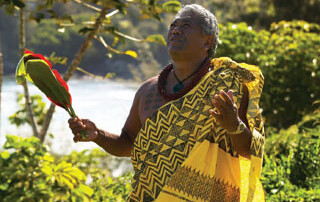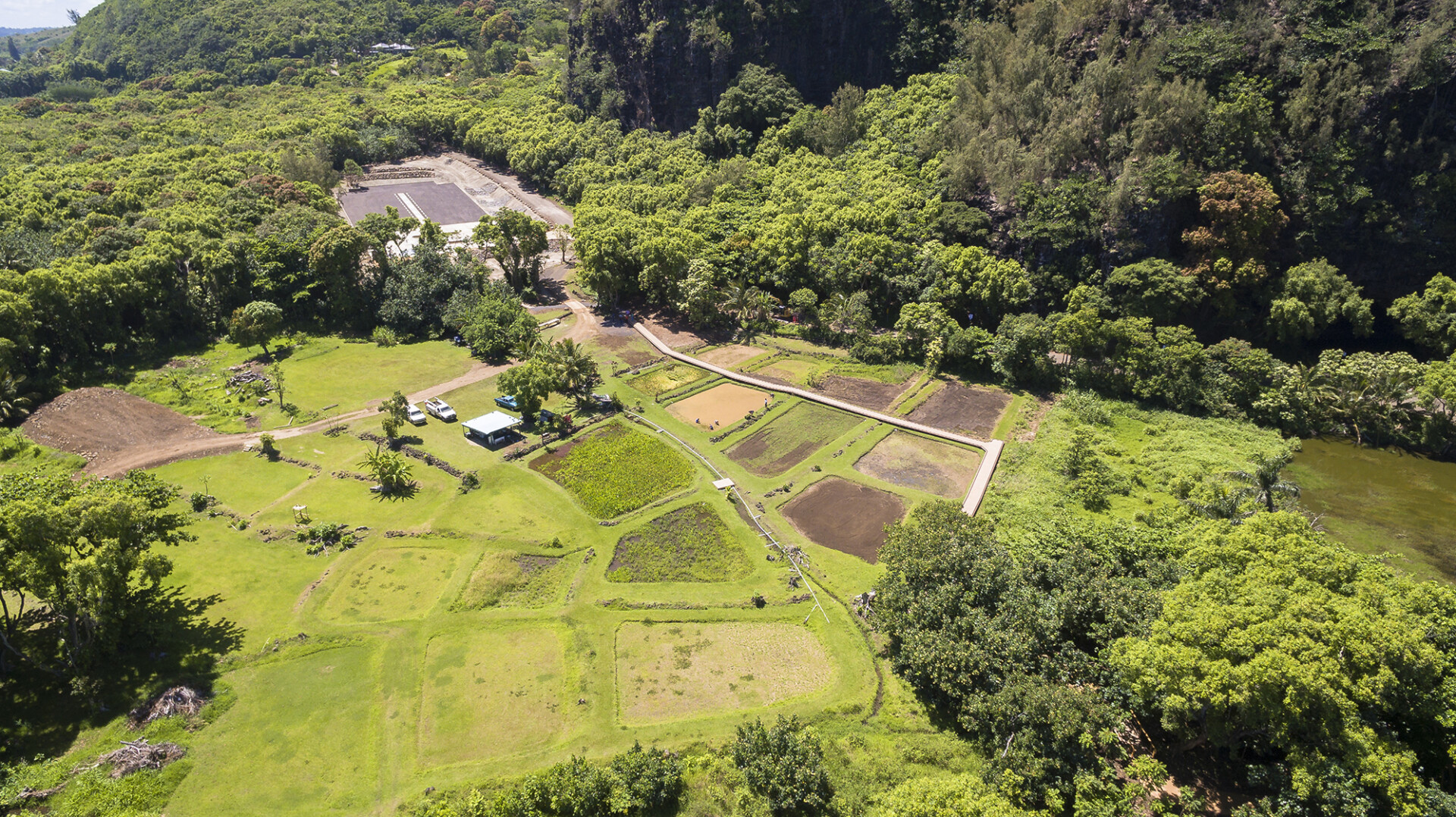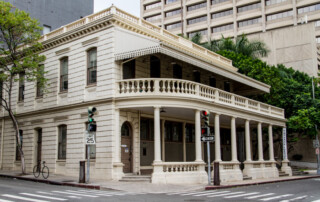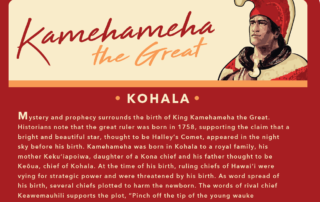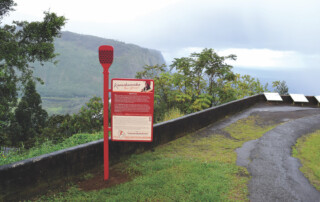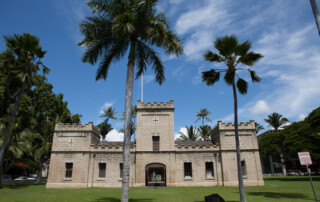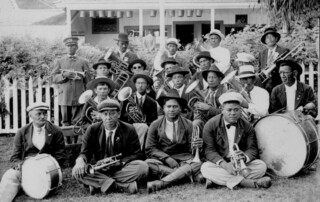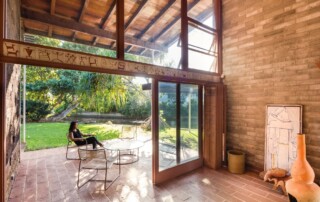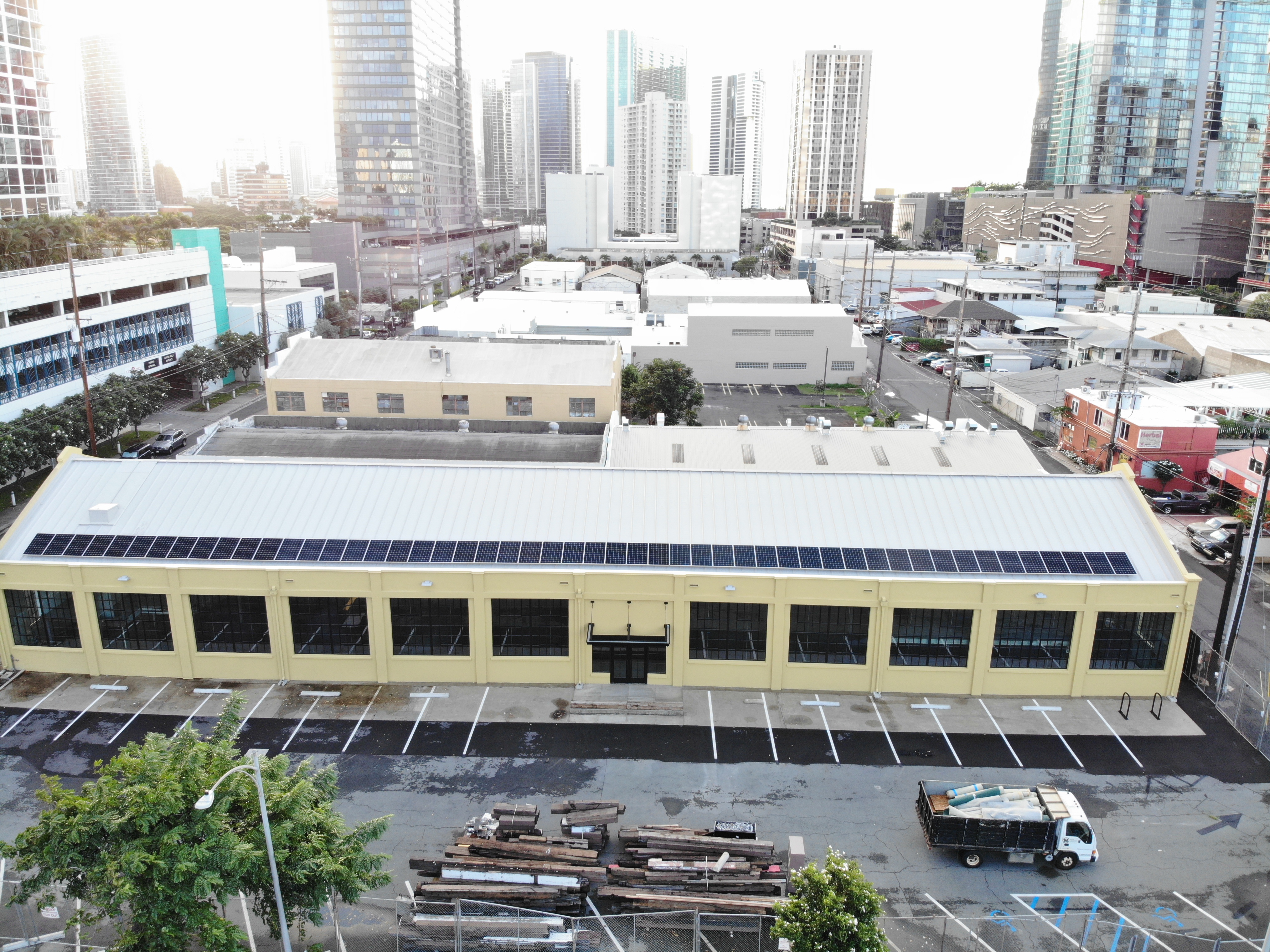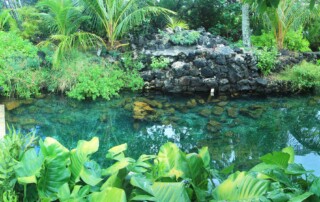Hawai‘i Preservation Seminar: Preservation and Conservation Easements Historic Hawai‘i Foundation, in partnership with the Trust for Public Land and Hawai‘i Land Trust, will offer a free seminar on using preservation and conservation easements for perpetual protection of special places. Date: Wednesday, June 9, 2021 Time: 10:00 – 11:30 a.m. Cost: Free Virtual Webinar via ZOOM VIEW THE VIDEO REPLAY AND PRESENTATION BELOW Images at top: Jean Charlot House, Kahala, O‘ahu. Photo by Darren Bradley. Dearborn Building, Kaka'ako, Honolulu. Photo created by dji camera. Historic Hawaiʻi Foundation holds a preservation easement for each property. Kanewai Spring, added to the Most Endangered Historic Place list in 2015, has a Conservation Easement on it co-held by the City and County of Honolulu and Livable Hawaii Kai Hui (Ka Iwi Coalition). Photo credit: Nate Yuen. Additional Resources View the Seminar PowerPoint. See slides 70-72 for additional resources. The seminar provides training to members of the public, private, nonprofit or government sectors who own, manage, steward or are interested in preserving historic, cultural, scenic, natural and agricultural lands. Preservation and Conservation Easements Date: Wednesday, June 9, 2021 Time: 10:00 – 11:30 a.m. The seminar has been submitted to the American Planning Association for AICP Certificate Maintenance Credits (1.5 CM Law Credits). The Hawai‘i State Bar Association has approved the seminar for 1 CLE credit. ABOUT THE COURSE The training will present an overview of the definitions, criteria and considerations for using perpetual conservation and preservation easements to protect the intrinsic characteristics of special places, including lands with natural, agricultural and cultural values and buildings with historic significance. Through the training attendees [...]



